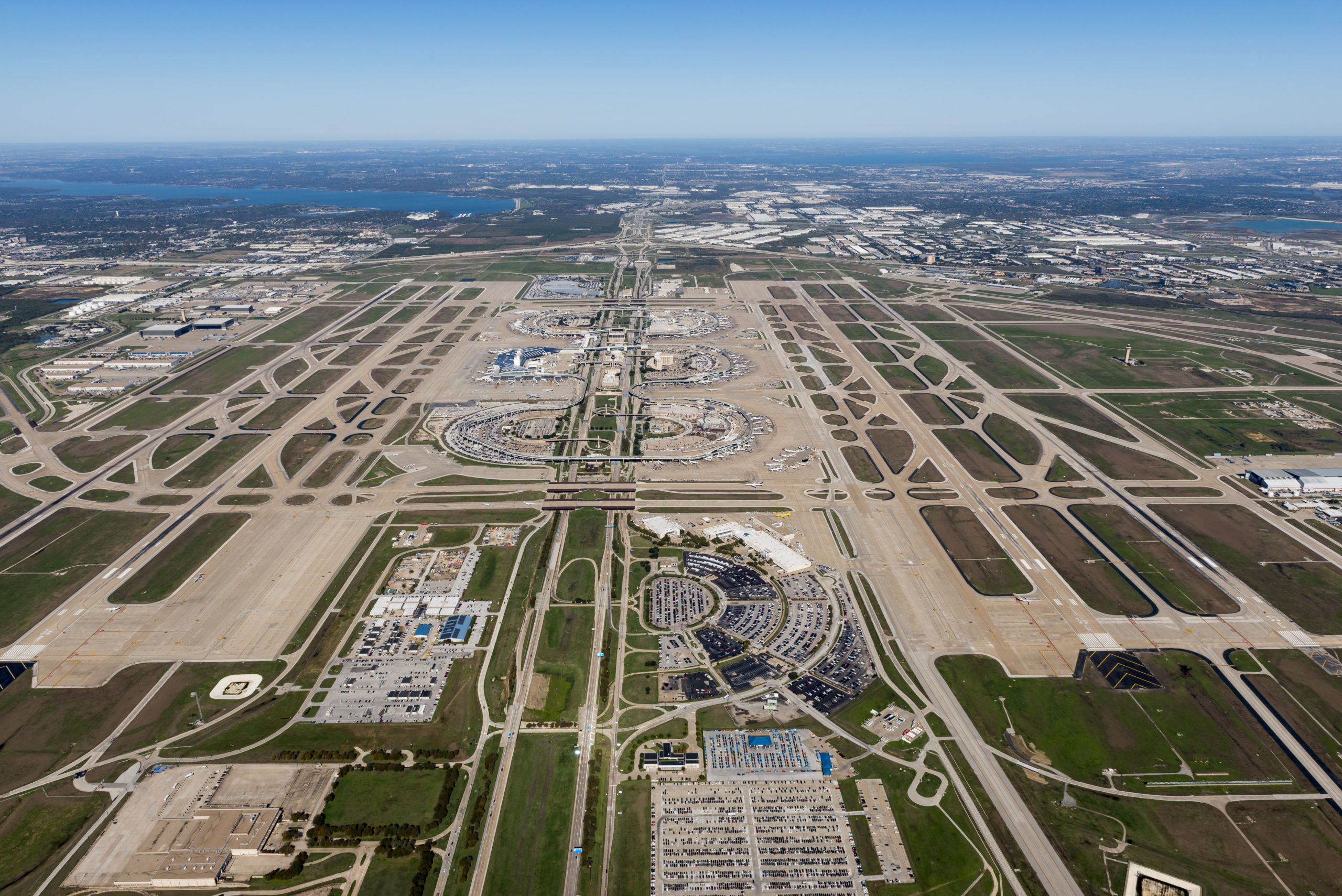Gloria Salinas, Managing Director, Economic Development
The Dallas Region’s industrial market is on trend to close out 2020 as a record-breaking year for new industrial construction and leasing – there are no signs of slowing down.
During the first half of 2020, the Dallas Region’s industrial market growth outpaced Chicago and the Inland Empire, ranking it No. 1 in the amount of new warehouse development constructed.
In the third quarter, the Dallas Region leased four million square feet, adding to a record-breaking 17 million square feet of leased industrial space and 18.2 million square feet of new construction for the year.
“We’ve never seen the industrial market like this,” said Tom Pearson, Colliers Executive Vice President in Supply Chain Real Estate. “The DFW industrial real estate market continues to remain hot despite the pandemic.”
Pearson, who co-leads the Dallas-Fort Worth Colliers Supply Chain Real Estate Advisors (SCREA) Team with Executive Vice President Chris Teesdale and Brad Balke for a combined 75 years of experience, said industrial development in the Dallas Region and across the nation is surging – and expected to continue in 2021 and 2022.
The Dallas Region is the fourth-largest industrial market in the country, and its previous record for industrial absorption was 8.8 million square feet in 2019. New industrial market construction is slated to surpass last year’s 26.1 million square feet.
Southern Dallas remains the largest “Big-Box” industrial submarket in the region, and DFW International Airport experienced the largest third-quarter absorption of any submarket in North Texas. “Big-Box” industrial developments are pre-cast or tilt-up concrete industrial buildings with 200,000-plus square feet and 28-foot-plus ceiling heights.

“The availability of institutional capital continues to be strong, and DFW is a favored location for companies desiring to locate here and, also correspondingly, for developers and capital wanting to invest in what has become the No.1 preferred commercial real estate investment type — industrial real estate,” Pearson said.
As brick-and-mortar retail and office real estate took a hit during the pandemic and consumer demands created an increase for logistics space, out-of-state developers and investors shifted their interest to the Dallas Region industrial market. Economic development organizations around the Dallas Region are seeing a steady stream of relocation interest from the west coast, Pearson said.
Dallas Region Industrial Market Trends
“North Texas remains a location of choice for companies consolidating, expanding, or relocating their operations to our business-friendly, relatively low-cost, centrally-located metro,” Pearson said.
Beyond the essentials of e-commerce and the Dallas Region’s many business-friendly advantages, Pearson said three other significant pandemic trends are influencing heightened demand for industrial space.
The first trend is the switch in supply chain inventory management from a just-in-time inventory system to a just-in-case inventory system. Companies now require larger warehouse footprints to carry extra safety stock inventory to meet future emergencies. The pandemic’s disruption in inventory created a seven-percent increase in space for just-in-case inventory, Teesdale noted.
“Dallas has been a big beneficiary of the disruption in the trucking and logistics industry because of friendly regulations and better weather conditions than the upper East Coast, which is more difficult for trucking, transportation, and logistics,” Teesdale said.
The second trend is the need for higher warehouse ceilings to meet additional capacity needs and accommodate automation. The demand for a new generation of warehouses will continue, according to Pearson.
“The shift to online sales is huge,” Teesdale said. “I think one trend we won’t see go back is online sales. [Online sales] are now here to stay. People are now more accustomed to it, and our trucking to support it is now more solid.”
Finally, the onshoring trend has created an interest from companies to relocate manufacturing operations back in the United States due to consumer demands, and the Dallas Region’s high-skilled manufacturing and distribution labor. The e-commerce demands of picking, packing, and shipping have created a surge in warehouse employment, which has reached record levels, according the Bureau of Labor Statistics.
“E-commerce automation, safety inventory, and all of those things fuel the need to increase the size of space or buildings,” Teesdale said.
Future Development
For the past 10 to13 years, the Dallas Region has built “Big-Box” industrial developments.
But Colliers research indicates that national demand for space across the nation could total an additional 330 million square feet due to increased e-commerce needs. And while the Dallas Region industrial market is appealing to California companies considering new manufacturing and distribution facilities, industrial sites are disappearing fast, and Colliers is beginning to look at future development sites across the region.
“Today, there are four one-million-plus square-foot requirements in South Dallas alone,” Pearson said. “Four other areas of increased activity include south Fort Worth, Midlothian, Forney, and Denton. All are on our list as the next top metro areas for industrial development.”
Companies moving to North Texas from outside the region and state want 30-minute access to DFW Airport, downtown, labor, and then logistics — customer proximity in the distribution area, Pearson said.
Midlothian’s recent industrial successes and its future growth have come from investment in the Highway 360 and Highway 287 connection, which provides 30-minute access to DFW Airport.
Logistics companies like the region’s Interstate 20 connection, the east and west pass through for the coastal cities that converge at the International Inland Port of Dallas, and there has been increased activity in the Union Pacific intermodal.
“Our population growth is attractive to distributors of consumer goods and has allowed other areas on the east side of town to be attractive to certain companies like Fed EX Ground, UPS, Goodyear, and Amazon in Forney,” Teesdale said. “George Bush Turnpike really connected the east side of town to I-20 and I-30, which allows connection from the central part of town to the east side quickly, and the metrics now make sense for many distribution and logistics companies.”
View the Q3 2020 DFW Big-Box Market Report.
For more information, visit Colliers International The Link.